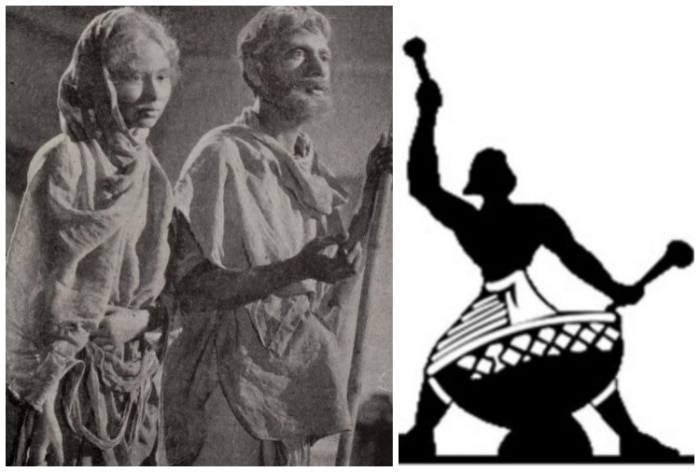
Independence Day Traffic Advisory: Heavy Vehicles To Be Barred From Entering Delhi from August 14

Indian People’s Theatre Association’s Role in Freedom Struggle: The Indian People’s Theatre Association (IPTA) played a crucial role during the freedom struggle at the time of British rule in India. Since, times immemorial art has played a crucial role in raising social issues and even revolutionizing movement against oppression. Theatre, literature, cinema and music are the soft power tools that have been used against imperialism and dictatorship. Similar to the Black Theatre and Black Arts movement in America created the renaissance through artistic activism, IPTA also played a crucial role in becoming the voice of the downtrodden sections of society.
During the national conference held at the Marwari school of Mumbai on May 25, 1943, IPTA was formed. It came into existence in response to the need for theatre artists to become active volunteers and part of Indian independence movement. The inception of IPTA came from the first Progressive Writer’s Association Conference that was held in 1936. It was followed by the establishment of the Youth Cultural Institute at Calcutta in 1940, and the setting up of the People’s Theatre in Bangalore by Anil De’ Silva in 1941. The name People’s Theatre was suggested by Indian nuclear physicist and the “father of the India nuclear programme” Dr Homi Jehangir Bhabha. Dr Bhabha was inspired by Romain Rolland’s book on the concepts of People’s Theatre. During the initial days of IPTA, Binoy Roy of the Bengal Cultural Squad organised street plays to inform people of the 1942 manmade famine in Bengal. IPTA in association with screenwriter-filmmaker Khwaja Ahmad Abbas (one of the initial members of IPTA) produced Dharti Ke Lal in 1946. The film marked the on-screen debut of acting legend Balraj Sahni. Dharti Ke Lal was based on Bengal famine of 1943. For the unversed, the famine in the Bengal province of British India (present-day Bangladesh, West Bengal, Odisha and eastern India) during World War II, killed millions of people.
Balraj Sahni began acting with plays of IPTA. Sahni met film director Khwaja Ahmad Abbas as a co-member of the people’s theatre group. Their cinematic collaboration Dharti Ke Lal had a huge impact on cinema, society and culture even after many decades. The New York Times, in its review called it, “…a gritty realistic drama.” The neo-realist theme not only inspired future scriptwriters and filmmakers, but also left a long-lasting impact on India’s left-wing intellectuals. The movie also introduced versatile actress Zohra Sehgal to Indian cinema. Dharti Ke Lal also had a cross-border impact due to the socialist-communist influence on the narrative. The rebel and anarchy of the left-wing was considered the only way forward during that time which could lead to liberation and empowerment. Dharti Ke Lal became the first Indian film which received widespread distribution in USSR (Union of Soviet Socialist Republic). This paved way for the Soviet Union becoming a major overseas market for Indian films.
Legens like Prithviraj Kapoor, Ritwik Ghatak, Salil Chowdhury and Pandit Ravi Shankar were also among the initial members of IPTA.
For breaking news and live news updates, like us on Facebook or follow us on Twitter and Instagram. Read more on Latest Entertainment News on India.com.
Enroll for our free updates
